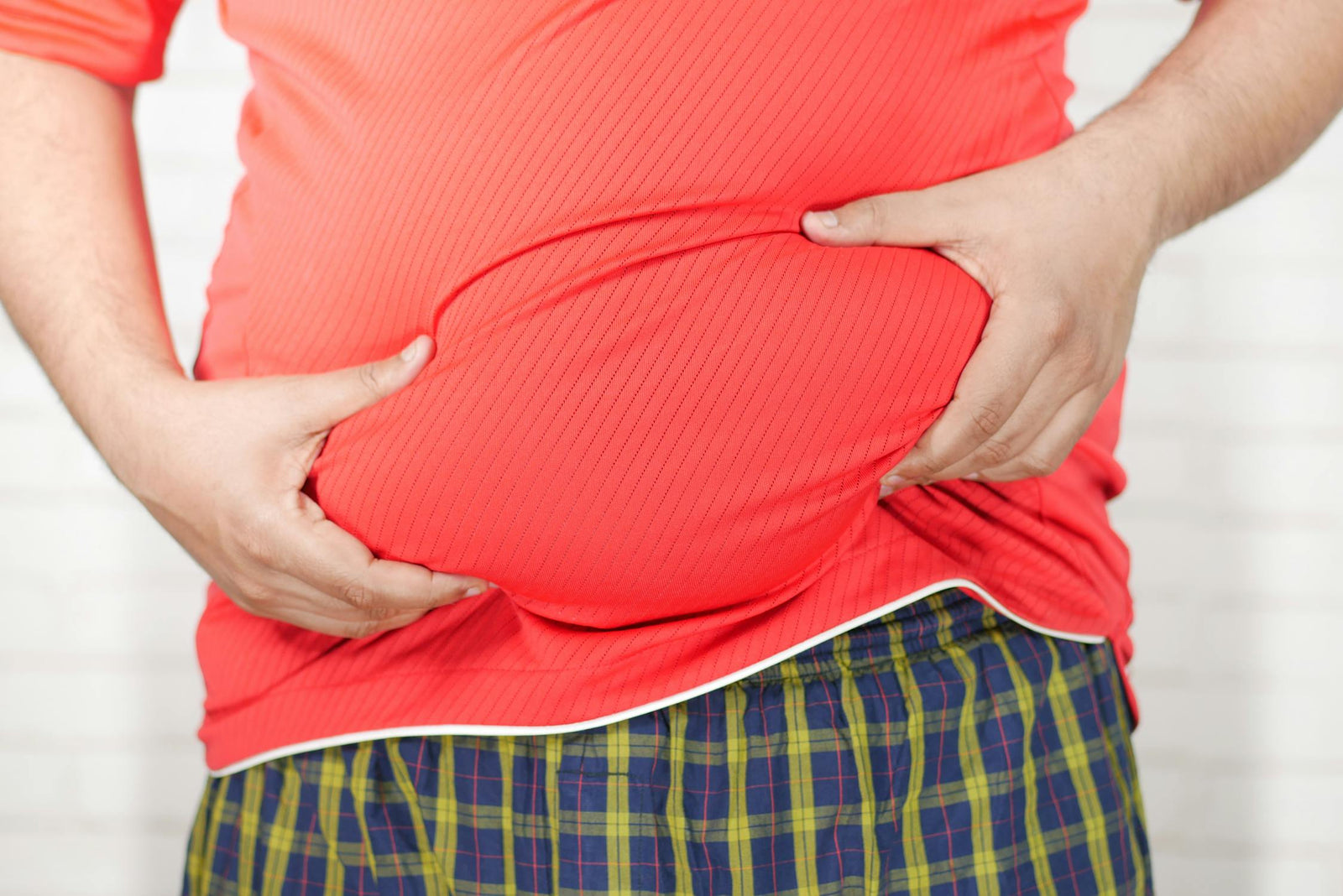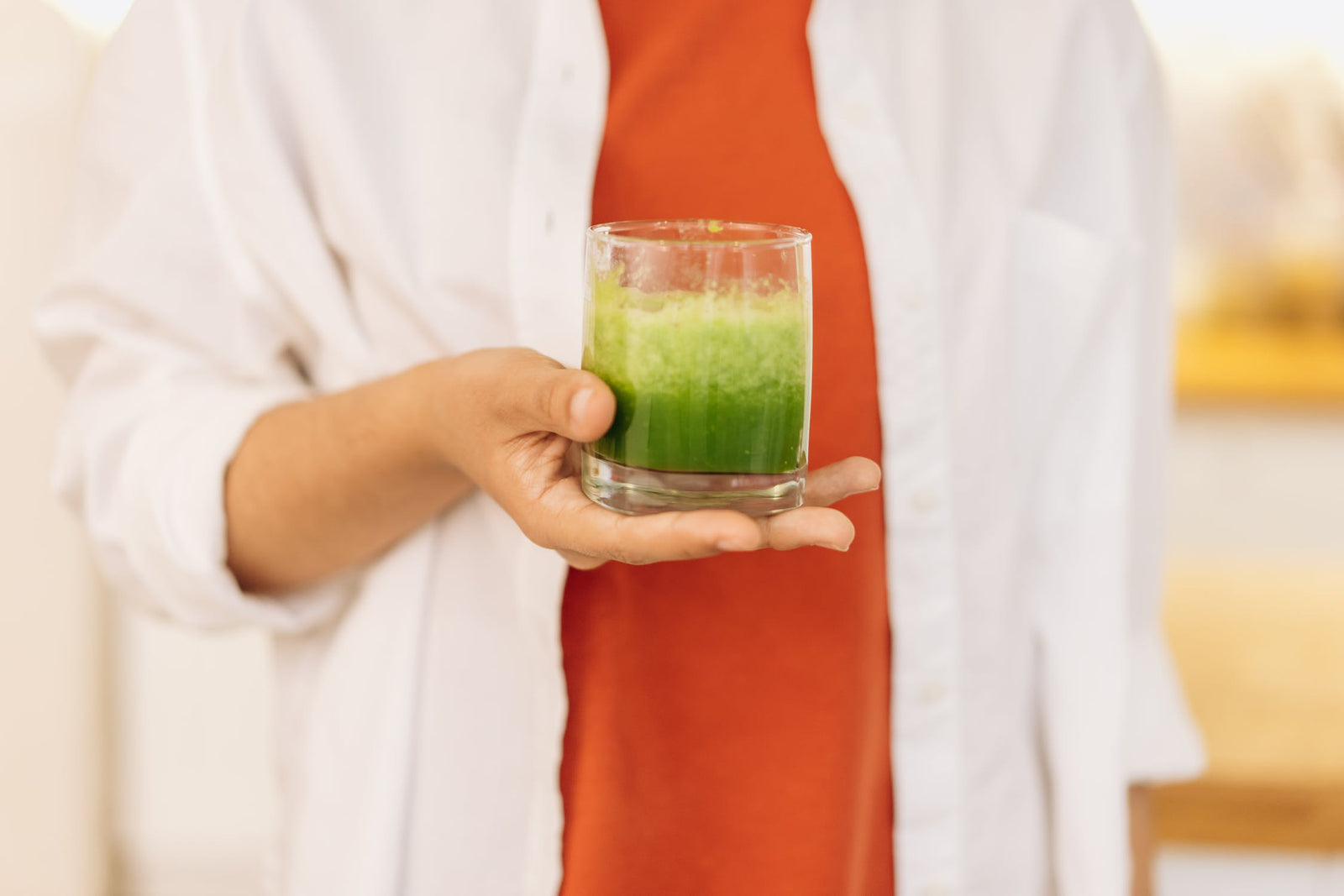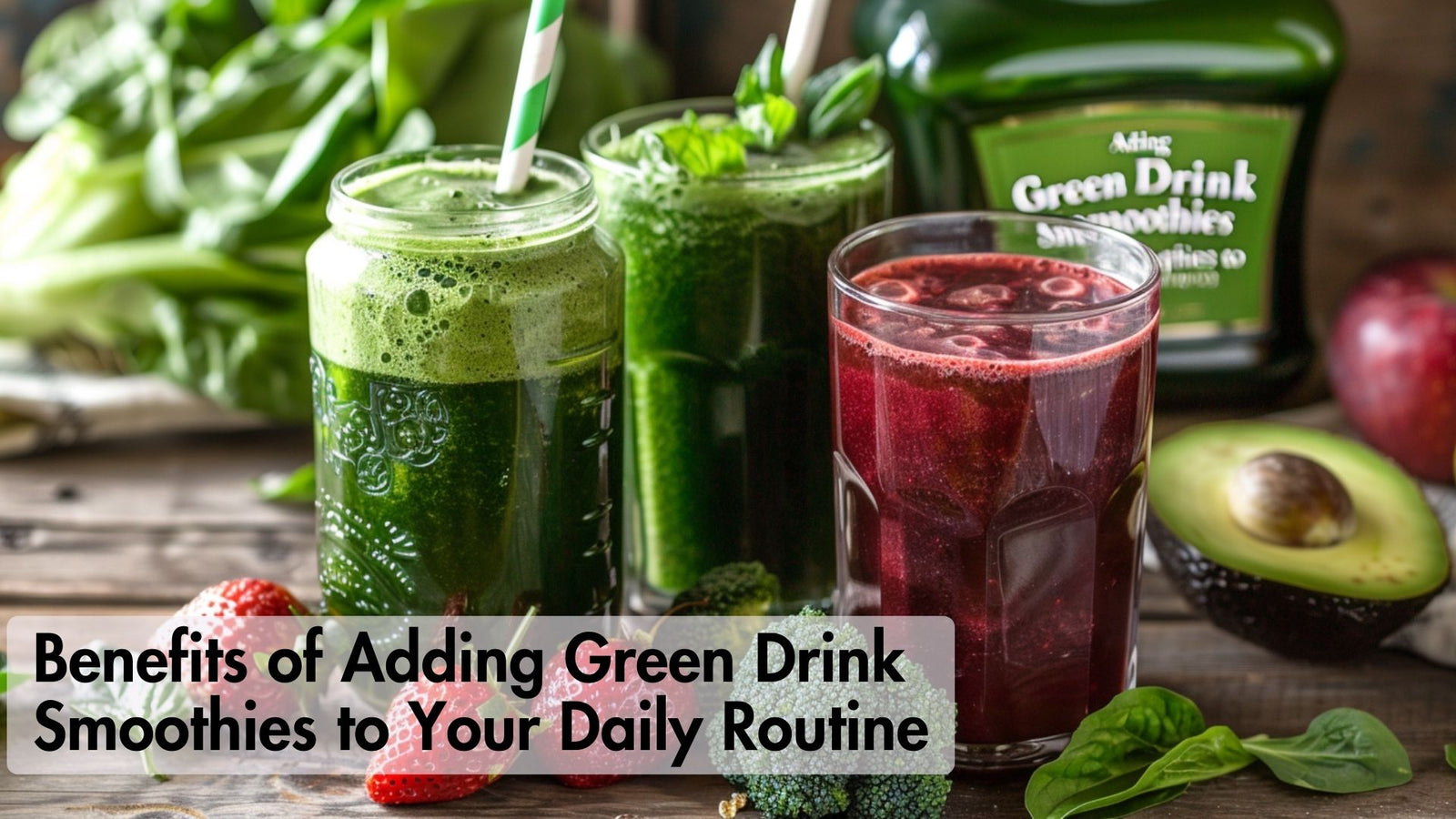Accessories
Check out our full lineup of yoga accessories to help you with your daily meditation practice and fitness goals...
Try our new Cork Yoga Brick for soft but solid support
Check out our full lineup of yoga accessories to help you with your daily meditation practice and fitness goals...
How Much Omega 3 Do I Need Per Day?
June 03, 2023 6 min read

Omega 3 stands out for its remarkable benefits. But here's the catch: not all Omega 3 supplements are created equal, and neither is the way our bodies utilize them. So how much omega-3 is recommended daily as the ideal intake by the NHS? How much do we suggest? We'll aim to give you the full lowdown here.
Ever wondered why some individuals rave about the transformative effects of their Omega 3 regimen while others notice barely any difference? The secret doesn't just lie in the quality of the supplement, but in a piece of knowledge that remains elusive to many—how much Omega 3 you truly need each day.
Because your health is invaluable, it's crucial to not just consume Omega 3, but to understand the precise dosage that unlocks its full spectrum of benefits. This isn't about following the crowd; it's about arming yourself with the knowledge to make informed decisions about your wellness.
Join the ranks of discerning individuals who've discovered that the key to leveraging the power of Omega 3 lies not only in selecting a high-quality supplement but in mastering the art of dosage. It's time to shed light on the science that could revolutionize your approach to Omega 3, setting you on a path to optimal health and vitality. Dive deeper with us as we explore why getting your daily Omega 3 dosage right is the cornerstone of harnessing its true potential.

Table of Contents
Understanding Omega-3
Omega-3 refers to a group of polyunsaturated fatty acids that are vital for our bodies to function optimally. The three main types of Omega-3 are eicosapentaenoic acid (EPA), docosahexaenoic acid (DHA), and alpha-linolenic acid (ALA).
EPA and DHA are primarily found in fatty fish, such as salmon, mackerel, and sardines, while ALA is present in plant-based sources like flaxseeds, chia seeds, and walnuts. These Omega-3 fatty acids serve as building blocks for cell membranes and are essential for the proper functioning of our body's systems.

Omega-3 plays a crucial role in various bodily functions, such as supporting heart health by reducing triglyceride levels and maintaining healthy blood pressure. Additionally, it aids in brain development and cognitive function, making it particularly important for pregnant women, infants, and young children. Moreover, Omega-3 has anti-inflammatory properties, which can benefit individuals with chronic conditions like arthritis.
Recommended Daily Intake of Omega-3 by The NHS
The United Kingdom provides specific recommendations for daily Omega-3 intake. Currently, the UK National Health Service (NHS) advises adults to consume at least 250mg of combined EPA and DHA per day. This recommendation can be achieved by consuming two portions of fish per week, including one oily fish portion.

When comparing the UK recommendations with other countries, it is interesting to note that they differ slightly. For instance, the United States recommends a higher intake of EPA and DHA, with a daily recommendation of 250-500mg for healthy adults. On the other hand, the European Food Safety Authority (EFSA) suggests an adequate daily intake of 250mg of combined EPA and DHA for adults.
These recommendations are determined based on extensive research and analysis of the health benefits associated with Omega-3 consumption. Factors such as age, sex, and specific health conditions are taken into consideration when formulating these guidelines. Additionally, scientific studies play a vital role in understanding the impact of Omega-3 on human health. This probably answers the age old question of "Are Omega 3 supplements good for you?"
Sources of Omega-3
Omega-3 fatty acids are essential nutrients that our bodies need for optimal health. While it's important to include these fats in our diet, many people may wonder about the best sources of Omega-3. In this section, we will explore different food sources rich in Omega-3 and discuss the option of Omega-3 supplements.
1. Foods High in Omega-3
Including Omega-3-rich foods in our diet is an excellent way to meet our nutritional needs. Here are some foods that are high in Omega-3 fatty acids:
| Food | Omega-3 per 100g |
|---|---|
| Chia Seeds | 17.5g |
| Walnuts | 9.1g |
| Flaxseeds | 22.8g |
| Hemp Seeds | 8.2g |
| Salmon (Atlantic, Farmed) | 2.3g |
| Mackerel (Atlantic) | 2.6g |
| Oysters (Pacific) | 1.4g |
| Sardines (Atlantic) | 1.5g |
| Trout (Rainbow, Farmed) | 2.8g |
| Soybeans (Raw) | 1.6g |
This table provides a list of foods that are high in Omega-3 fatty acids and the approximate amount of Omega-3 per 100g. It's important to note that the best way to get Omega-3 is through a well-balanced diet that includes a variety of foods. Always consult with a healthcare provider or a registered dietitian for personalized advice.

-
Fatty Fish: Cold-water fish like salmon, mackerel, tuna, trout, and sardines are excellent sources of EPA and DHA, the two most beneficial types of Omega-3. Aim to consume at least two servings of fatty fish per week to ensure an adequate intake.
-
Flaxseeds and Chia Seeds: These small seeds are rich in ALA, a plant-based Omega-3 fatty acid. They can be sprinkled over salads, yogurt, or added to smoothies for a nutritional boost.
-
Walnuts: Walnuts are not only a delicious snack but also a great source of ALA. They can be eaten on their own or added to cereals, baked goods, or salads.
-
Soybeans and Tofu: Soy-based products like soybeans, tofu, and edamame are plant sources of Omega-3. They are versatile ingredients that can be incorporated into various dishes.
-
Spinach and Kale: Leafy greens like spinach and kale offer a range of nutrients, including Omega-3. Add them to salads, stir-fries, or smoothies to enjoy their health benefits.
*Note ALA Omega 3 is not easily converted to DHA, so you rarely get enough of the important EPA and DHA from plant, seeds and nuts. Instead you need to consume other non plant sources to get EPA and DHA.
2. Omega-3 Supplements
In addition to obtaining Omega-3 from food sources, some individuals may consider taking Omega-3 supplements to ensure an adequate intake. These supplements typically come in the form of fish oil or algae oil capsules.

Omega-3 supplements can be beneficial for those who have difficulty consuming enough Omega-3-rich foods or have specific dietary restrictions. However, it's important to choose a good quality supplement to ensure effectiveness and safety.
How to Choose a Good Omega-3 Supplement
Selecting an Omega-3 supplement is not as simple as you might imagine. A quick search on Amazon and you'll find literally 100's of possible products, with little understanding of what is good Omega 3 supplement or not.
Unfortunately there are a lot of very cheap low quality Omega 3 supplements, and really the only clue is to understand the numbers on the label.
Hopefully we can simplify that process for you.
Why Buy A Premium Omega 3?
Very simply the higher quantity of EPA and DHA per capsule, means a fewer number of capsules you'll need to consume per day to get your recommended daily amount.
For us a 'quality' Omega 3 supplement contains AT LEAST 50% EPA/DHA
So spin the bottle around and add the values for the EPA and DHA and divide by their recommended dose. Just note that some products quote per capsule, some per serving.
So a 1000mg capsule should have at least 500mg EPA/DHA
A 3000mg serving should show at least 1500mg EPA/DHA
Good Fats, the premium Omega 3 supplement from Lean Greens, has a total of 2250mg DHA+EPA in 3000mg serving which is 75% EPA/DHA. This also means you don't need to worry about if Omega-3 could cause weight gain, the lower number of capsules needed to get a truly effective dose is much less than if you chose a cheap Omega 3 supplement.
This means our recommended daily dose is 2 or 3 capsules. Or if you have a good diet of the foods listed above, just a single daily capsule will give you a strong 750mg dose of EPA/DHA Omega 3.
Compare this to cheaper supermarket or "amazon brands" where you'd need 6 to 10 capsules per day.
Of course it's important to consult with a healthcare professional or a registered dietitian before starting any supplements, especially if you have existing health conditions or are taking medications.
In conclusion, obtaining Omega-3 from a variety of food sources is the ideal approach. Incorporating fatty fish, flaxseeds, chia seeds, walnuts, soybeans, and leafy greens into your diet can help you meet your Omega-3 needs. If necessary, Omega-3 supplements can be considered, but it's crucial to choose high-quality products that align with your dietary preferences and meet safety standards. Remember, a balanced diet rich in Omega-3 can contribute to your overall health and well-being.

Reduce Bloating: How Superfoods Can Aid Digestive Comfort
February 28, 2024 9 min read
Bloating, a common digestive issue, affects many individuals worldwide. Characterised by a feeling of fullness, tightness, or swelling in the abdomen, bloating can be both uncomfortable and distressing. While it's often a result of overeating or consuming certain foods that the body finds hard to digest, bloating can also be a symptom of various underlying health conditions. It's a physical discomfort that can also impact one's self-esteem and quality of life.
Read More

Green Smoothie Recipes: Incorporating Superfoods for a Health Boost
February 21, 2024 10 min read
Green smoothies are more than just a health trend; they are a powerful way to enhance your daily nutrition and overall well-being. At the heart of these vibrant drinks are leafy greens – packed with essential vitamins, minerals, and fibre – blended into a convenient and delicious form. But what elevates a green smoothie from merely nutritious to a powerhouse of health? The answer lies in the incorporation of superfoods.
Read More

Discover the Benefits of Adding Green Drink Smoothies to Your Daily Routine
February 17, 2024 7 min read
Discover the benefits of adding green drink smoothies to your daily routine. Enhance your health and well-being with nutrient-rich beverages that improve digestion, boost energy levels, and support weight management. Start your journey to better health with Lean Greens today.
Read More

